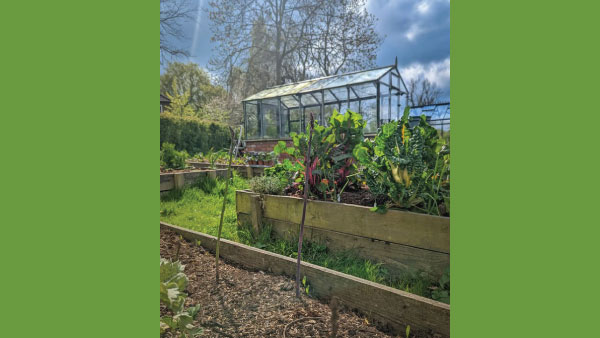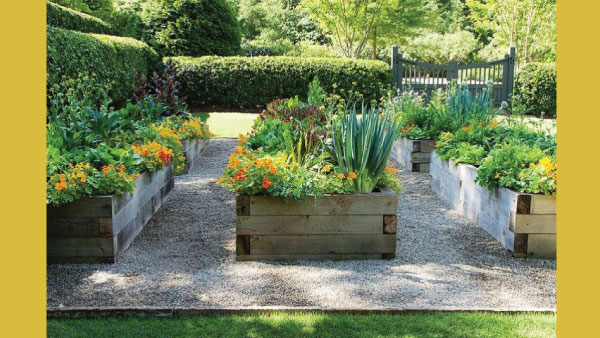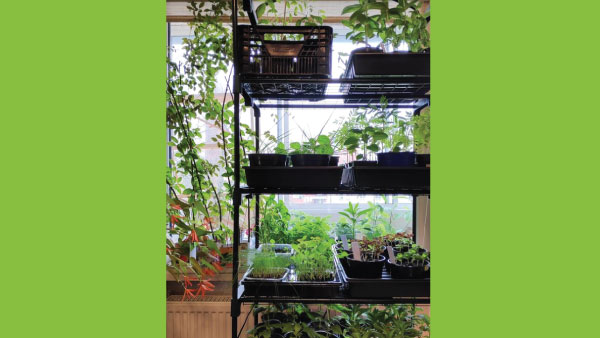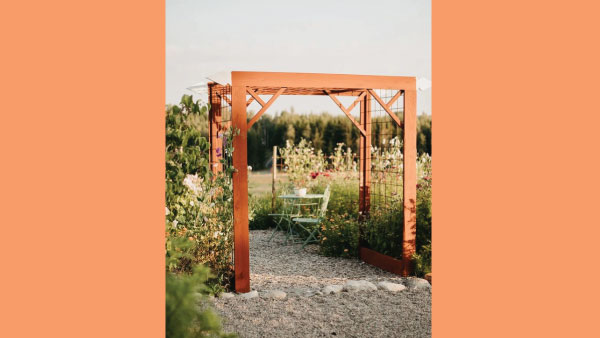Just In
- 15 hrs ago

- 15 hrs ago

- 18 hrs ago

- 19 hrs ago

Don't Miss
- Movies
 Pavi Caretaker Box Office Collection Day 1 Prediction: Dileep's Movie Expected To Open Strongly
Pavi Caretaker Box Office Collection Day 1 Prediction: Dileep's Movie Expected To Open Strongly - Sports
 Who Won Yesterday's IPL Match 41? SRH vs RCB, IPL 2024 on April 25: Royal Challengers Bangalore End Losing Streak
Who Won Yesterday's IPL Match 41? SRH vs RCB, IPL 2024 on April 25: Royal Challengers Bangalore End Losing Streak - Finance
 Bajaj Group Stock Declares Rs. 60/Share Dividend: Buy Ahead of Record Date On 28 June?
Bajaj Group Stock Declares Rs. 60/Share Dividend: Buy Ahead of Record Date On 28 June? - News
 MEA Dismisses US Human Rights Report On Manipur As 'Biased And Misinformed'
MEA Dismisses US Human Rights Report On Manipur As 'Biased And Misinformed' - Automobiles
 Royal Enfield Unveils Revolutionary Rentals & Tours Service: Check Out All Details Here
Royal Enfield Unveils Revolutionary Rentals & Tours Service: Check Out All Details Here - Technology
 Elon Musk’s X Is Launching a TV App Similar to YouTube for Watching Videos
Elon Musk’s X Is Launching a TV App Similar to YouTube for Watching Videos - Education
 AICTE introduces career portal for 3 million students, offering fully-sponsored trip to Silicon Valley
AICTE introduces career portal for 3 million students, offering fully-sponsored trip to Silicon Valley - Travel
 Escape to Kalimpong, Gangtok, and Darjeeling with IRCTC's Tour Package; Check Itinerary
Escape to Kalimpong, Gangtok, and Darjeeling with IRCTC's Tour Package; Check Itinerary
How To Create A Kitchen Garden: 6 Design Tips From Expert
Planting your own kitchen garden is an interesting indoor landscaping activity. Eating your home-grown food is the most satiating feeling of all, especially in an urban area where farm-fresh vegetables are rarely available. Planting vegetables and fruits at home is not only a healthier habit but also helps to cut down on your grocery bills. Given below are a few kitchen gardening ideas that will help you to plan your kitchen garden wisely.
Here are six kitchen garden design tips:

1. Decide Your Garden Layout
The foremost step in designing a kitchen garden is mapping the availability of space. Plan the layout of your kitchen garden in a manner to invite enough sunlight for the plants. Divide your area into various sections, such as root vegetables, herbs and beans, as all the plants require different soil types. Mark the plant beds at a distance, dig seed holes, sow and water them by placing them in segregated rows or blocks as per your choice. You can plant a mix of vegetables, fruits and edible herbs to enhance the aesthetics of the kitchen garden.

2. Create an Easy Access to Your Garden
It is necessary to design a kitchen garden entry that helps to divide the area into pathways to reach easily for seeding, planting and harvesting. Neatly designed gardens with arches and pergolas can be used to support climbing plants and free-up ground space. You can creatively attach your planters and shelves to the wall and pots can be arranged on ladders to make optimum use of the space.

3. Grow Vegetables in Containers
Growing vegetables in pots and containers help in saving a lot of space and are easy to move around. Tubs, baskets, hanging pots or troughs can be used to grow vegetables, fruits and herbs. Planting large containers with crops, lettuce and chillies make excellent potted plants. Shallow-rooted herbs and annual vegetables require small containers whereas plants like tomatoes and fruit trees are stored in wide pots.

4. Build a Raised Bed
Growing kitchen vegetables in raised beds can be a great idea if your garden soil is not of a good quality. They provide excellent drainage, increase the soil temperature and prevent soil compaction. The raised garden beds act as a barrier to pests such as snails and slugs and pathway weeds by preventing the soil from washing away in heavy rain. These beds come in a wide variety from wooden planks, brick or stone surrounds or timber beds lined with black polythene to keep the timber dry and extend its life.
5. Save Space with Vertical Gardens
If you are having a small garden or you are limited to a balcony or a terrace, vertical gardening can be a great idea. Experiment with climbing crops to make the most of the space. Cover fences or walls to grow beans or peas. You can also attach pots to your walls or use old ladders and metal stands to arrange your vegetable planters. If you find a space with proper sunlight, grow a fig tree or space saving fruits like apples and pears.

6. Add Colour and Drama
You can creatively plant your kitchen garden with colours using flowers, vegetables, herbs and fruits. Make an attractive choice by placing vegetables and fruits to blend with other plants. Dwarf fruit trees can be planted into ornamental beds to bring out pretty blossoms. Smaller plants like parsley and carrots create an attractive edge to the garden bed. Adding vegetables and fruits among the flowerbeds helps to add colours and scents to your kitchen garden.
Pictures courtesy: Instagram | Pictures used for representational purpose and not necessarily of kitchen garden.
-
 home n garden10 Winter-Resilient Flowering Plants for Your Garden That Will Turn Your Outdoor Space Into Vibrant Heaven
home n garden10 Winter-Resilient Flowering Plants for Your Garden That Will Turn Your Outdoor Space Into Vibrant Heaven -
 home n garden8 Creative Ways To Decorate Your Home With Plants
home n garden8 Creative Ways To Decorate Your Home With Plants -
 home n gardenMonsoon 2023: 9 Simple Tips And Tricks To Take Care of Your Plants
home n gardenMonsoon 2023: 9 Simple Tips And Tricks To Take Care of Your Plants -
 gardeningGoogle Lens Year In Search 2022: Top 10 Houseplants Searched Worldwide
gardeningGoogle Lens Year In Search 2022: Top 10 Houseplants Searched Worldwide -
 gardening6 Ways to Prevent House Plants From Gettiṇg Burnt In The Summers
gardening6 Ways to Prevent House Plants From Gettiṇg Burnt In The Summers -
 gardeningExpert Advice On Gardening: How To Decorate Small Balcony With Hanging Pots And Ladder Plants
gardeningExpert Advice On Gardening: How To Decorate Small Balcony With Hanging Pots And Ladder Plants -
 gardeningLove Plants In the Balcony? 8 Tips For Balcony Gardening At Home!
gardeningLove Plants In the Balcony? 8 Tips For Balcony Gardening At Home! -
 improvement12 Effective Home Remedies To Get Rid Of Bed Bugs
improvement12 Effective Home Remedies To Get Rid Of Bed Bugs -
 gardening6 Reasons Why You Should Use Cinnamon In The Garden
gardening6 Reasons Why You Should Use Cinnamon In The Garden -
 gardeningVegetables That Grow Easily In 30 Days
gardeningVegetables That Grow Easily In 30 Days -
 gardeningGarden Arch Styles That Transform Your Outdoor Space
gardeningGarden Arch Styles That Transform Your Outdoor Space -
 gardeningFlowers For Your Garden To Boost Your Mood
gardeningFlowers For Your Garden To Boost Your Mood


 Click it and Unblock the Notifications
Click it and Unblock the Notifications



